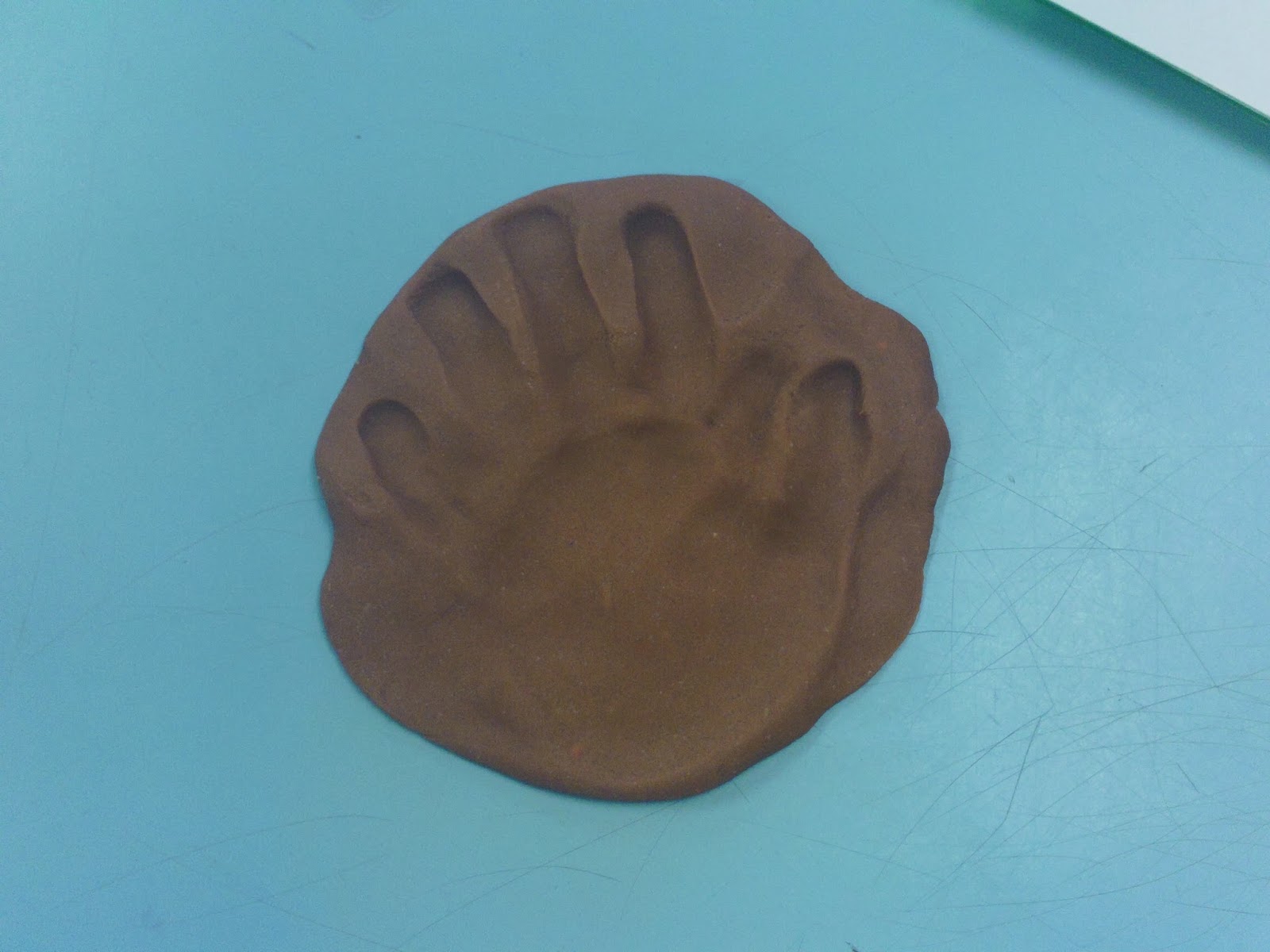On Thursday the children participated in the workshop "No Place Like Home". They learned about animals' homes. The children had lots of fun participating in the many activities provided by our Scientists in School presenter Cynthia. Here are photos and a short description of each activity.
 |
| The children listened to riddles to identify the home of different animals that live in a tree |
 |
| The children made a nest of mud and straw. |
 |
| The children learned that the shape of a beak determines what a bird can eat. |
 |
The children learned that sea animals can live in fresh and salted water. They sorted
animals that live in water and on earth. They compared their physical characteristics. |
 |
The children learned that some animals carry their home with them and it helps keep them safe.
They identified shells that the Hermit crab could use as a home. They got to use a magnifying glass
to observe the texture and physical apparence of shells.
The children created a diorama of a beaver habitat.
The children observed the teeth marks made by a beaver.
The children learned to identify animal tracks and made a picture using the rubbing technique.
The children made hand prints.
They also learned to identify different animal prints.
The children learned that some animals live or sleep underground such as the chipmuck,
the worm and the polar bear.
They had fun building a tunnel and moving a mouse using a magnet.
|
Other animals that live underground or in trees are the porcapine, the hare and the squirrel
Comments from some children about what they enjoyed the most about the Scientists in School workshop:
- I liked when I was with Miss Ninna, learning about animals. (Giuliana G.)
- I liked all of it. (Hannah)
- I leaked the beaver one (Sean)
- The nest. I liked the part where we were putting on the bark. (Ben)
















